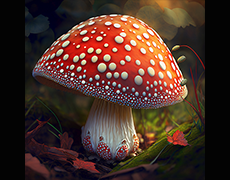
From fairies to shamans and even Santa Claus, the fly agaric mushroom, also known as Amanita Mascara, has a rich history of fascinating beliefs and lore.
This bright red and white mushroom with its psychoactive properties has captured the imaginations of people for centuries, inspiring stories, art, and spiritual practices.
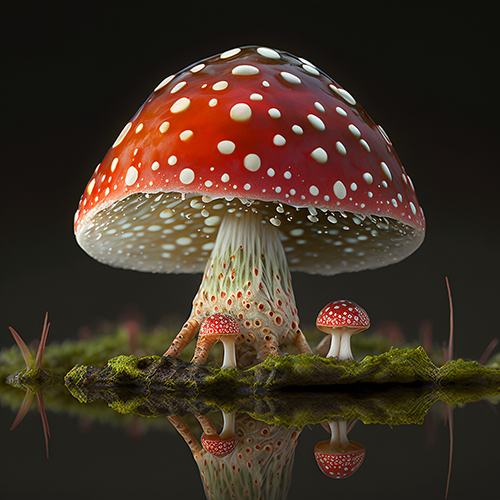
Connection to Fairies
In many cultures, fly agaric is associated with fairies and other magical creatures. According to some folklore, fairies would use the mushroom as a stool or umbrella, while others believe that they would dance around the mushroom to gain its hallucinogenic effects.
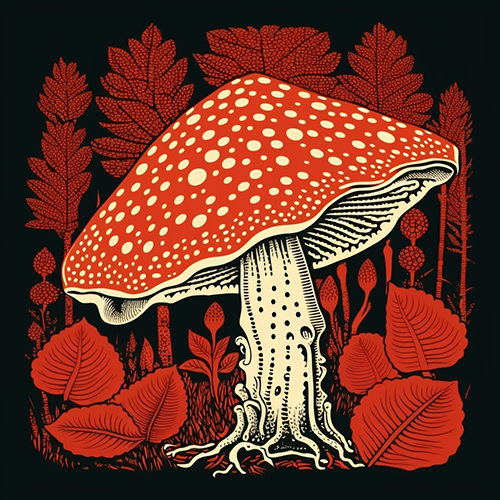
Shamanic Use
Fly agaric has been used in shamanic practices for centuries. It contains psychoactive compounds that induce a trance-like state, allowing shamans to communicate with spirits and gain insight into the spiritual realm. The mushroom was often used in healing rituals and to gain knowledge of the future.
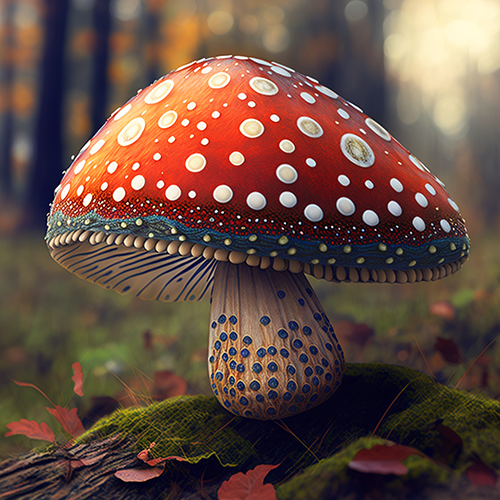
Toxicity
While fly agaric has been used for its psychoactive properties, it is also highly toxic. Ingesting the mushroom can lead to hallucinations, nausea, and in severe cases, death. Despite this, some cultures still use the mushroom for its hallucinogenic effects.
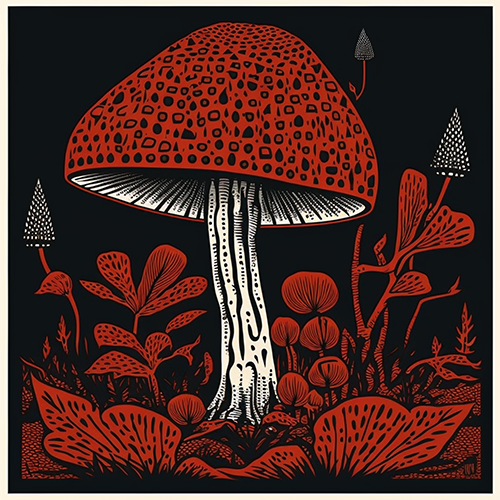
Christmas Connection
Fly agaric is also associated with Christmas in some cultures. In parts of Europe, the mushroom is believed to be connected to the legend of Santa Claus. According to the legend, Santa Claus would ride a sleigh pulled by reindeer, and he would distribute fly agaric to people as a gift.
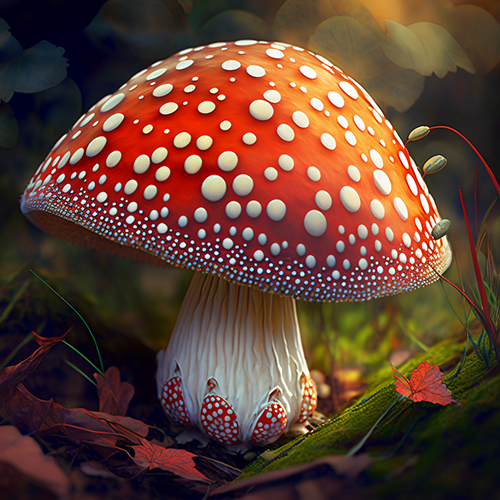
Mushroom Art
Fly agaric has inspired artists for centuries. The bright red and white colors of the mushroom make it a popular subject in art, and it is often depicted in fairy tales and children’s books. The mushroom has also been used in traditional folk art, such as Scandinavian woodcarvings and Russian lacquer boxes.

